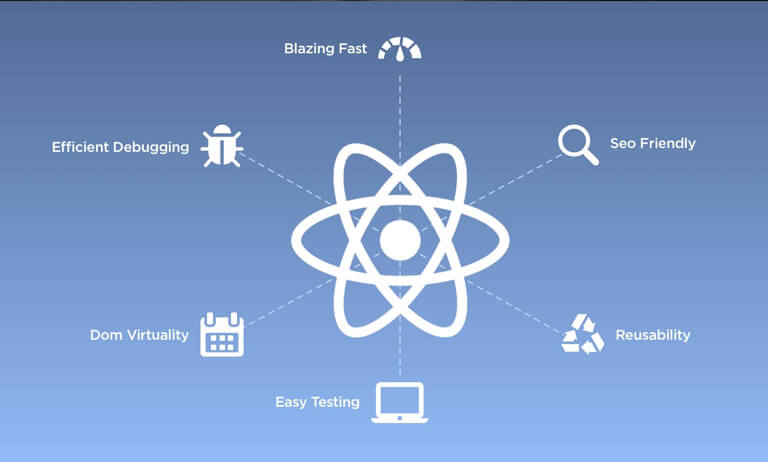
Top 5 performance optimization tips for React
React is one of the popular frontend JavaScript libraries. It allows the developers to build virtual DOMs that have shared in other kinds of libraries. React provides more optimization for creating high-performing react apps that can be easily achieved with the best practice. React application has root components that branch out in the large formation.
The root components are functions dependable for the representation of the UI. It merges the differences between modern UI and new ones with the help of the doffing algorithm. It makes only essential changes to what the customer explore than filling the content. React performance optimization is simple to reach with the help of the following steps.
1. Use pure components
Using the pure component is an important step in react performance optimization. If it provides a similar output for props, then it can be judged pure. React offers a purecomponent base class that enlarges the reactpurecomponent class that is considered a pure component. You can take care of shouldcomponentupdate, and it makes the shallow comparison of props and state data that is not re-rendered. Shouldcomponentupdate is the lifecycle of react hook that you can initiate react to keep away from re-rendering the component.
2. Preventing unwanted render with immutable.js
The shouldcomponentupdate method shows to react if the component wants to re-render to reproduce new assets and state. Using shouldcomponentupdate is the perfect way to make react lightweight. Recurrent calls to the shouldcomponentupdate method could result in an excellent performance in the react application. The component is a re-rendered chance in the property that the user should do compared to the old as well as new props. The immutable data structure is not chargeable that doesn’t have the capability of changing. It allows the user to compare direct object reference rather than a deep-tree comparison that makes the react application quicker.
3. Find out problematic bundles
The most crucial step in React performance optimization is identifying the problematic packages. Optimizing bundle sizes of react application deals with finding out delicate code chunks in the build. You can utilize a webpack bundle analyzer plugin if you have a webpack for fast and straightforward building in react. The users can find out problematic code chunks from the block. The webpack plugin helps you to evaluate difficult code chinks from production build.
4. Optimize app loading time
If you need to load the website quicker, then it offers lots of benefits. The visitor’s quick loading website. They don’t wait for a longer time to access the webpage. There is no reason to load codes that come with the admin panel when they visit your website. The code-splitting the app can aid the website owner lazy load that boosts the app performance.
5. Apply immutable data structure
If you need react.purecomponent to check for difficult state change, you should implement an immutable data structure. It involves creating image copies with data alteration than changing the picture directly. It helps to simplify the procedure of identifying changes in the react app. It has an in-depth class for applying an immutable data structure for javascript applications.
Call Us Or Email Now!!
Delivering most effective and innovative digital marketing solutions that aims only toattain exceptional results aims only to attain exceptional results





